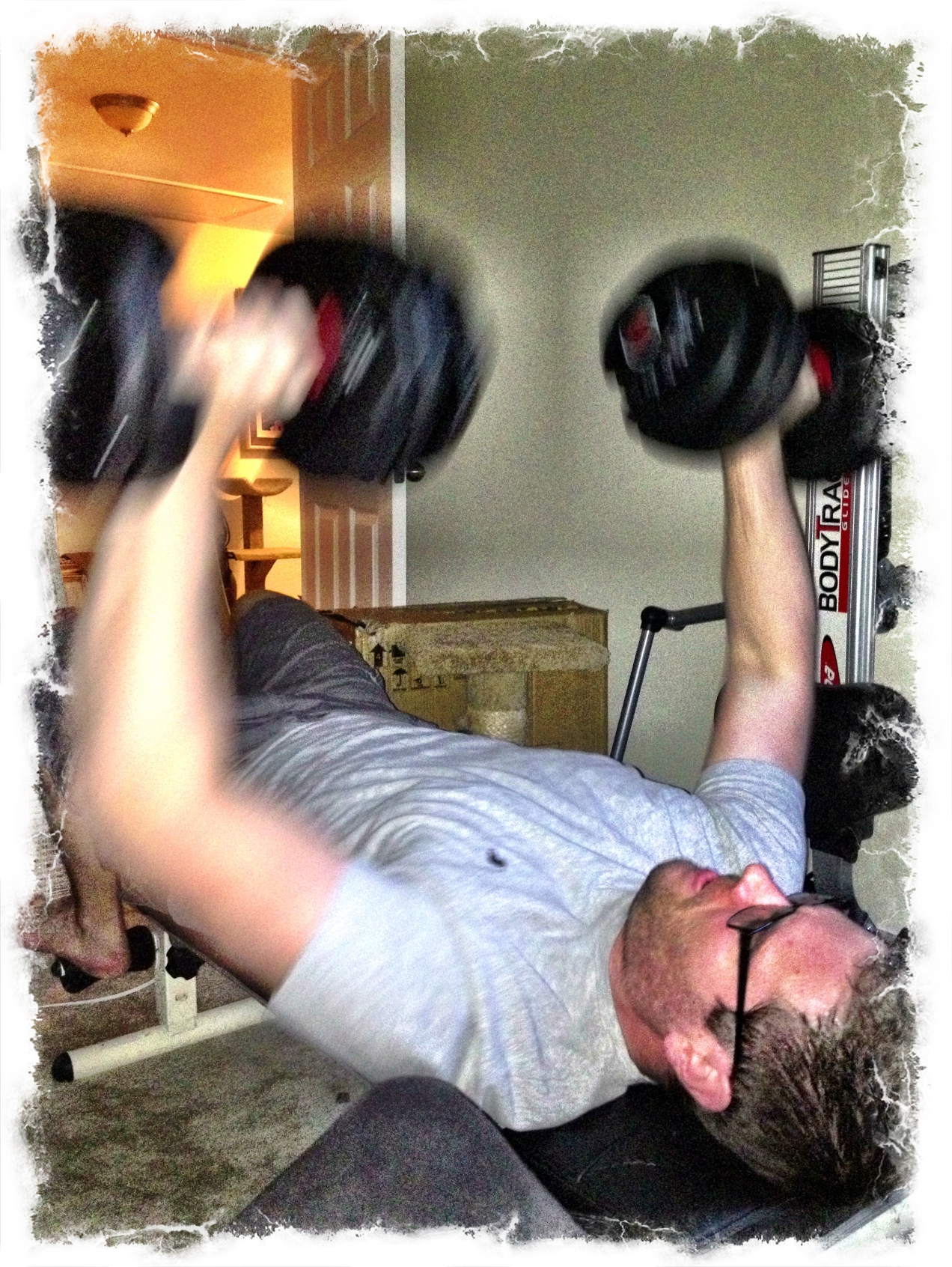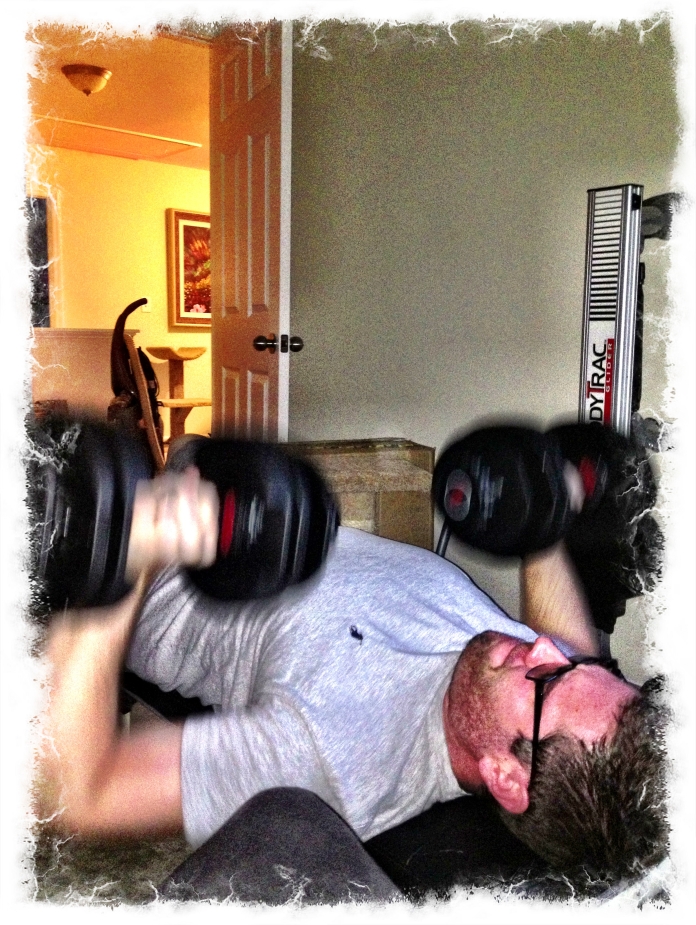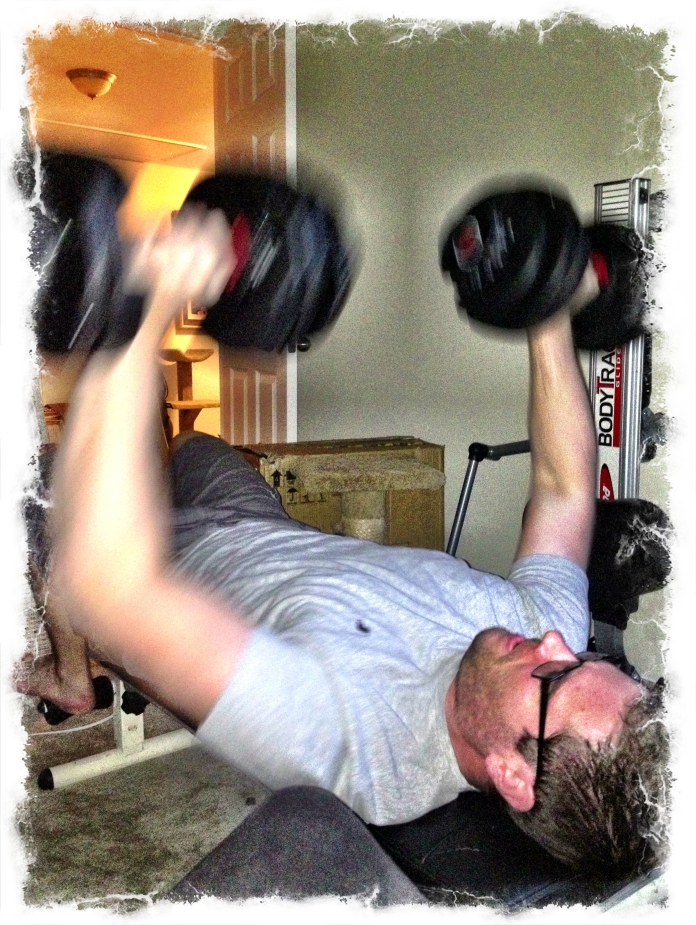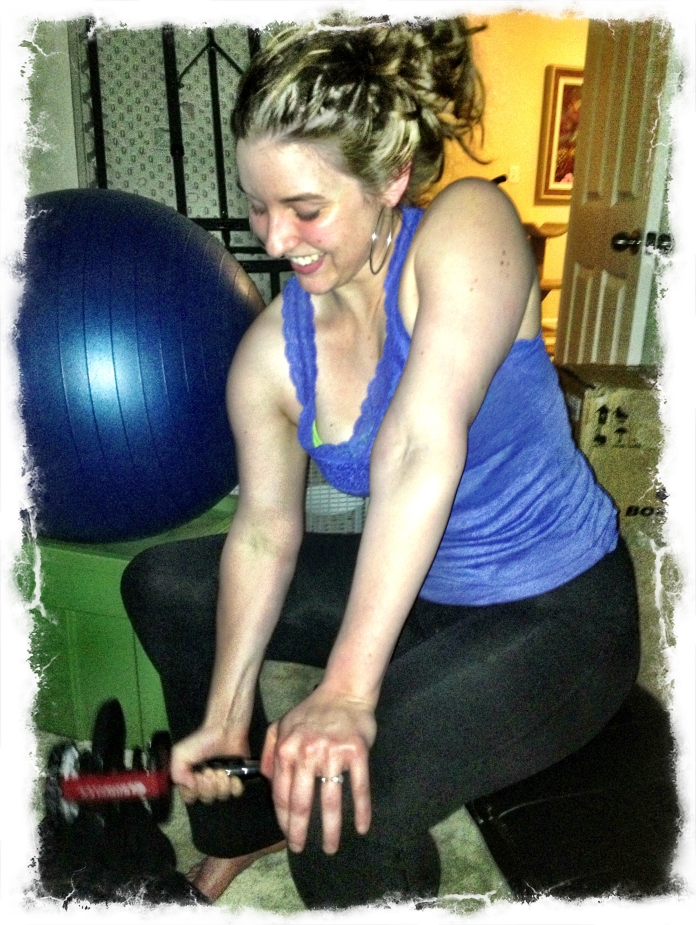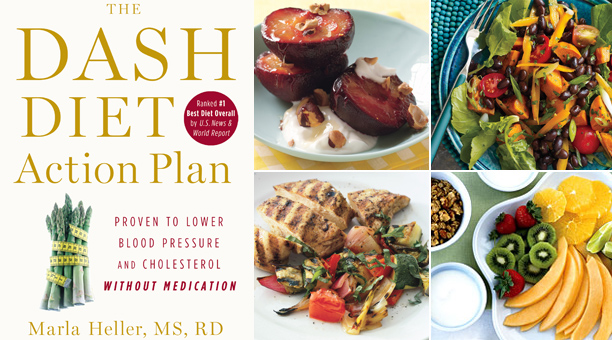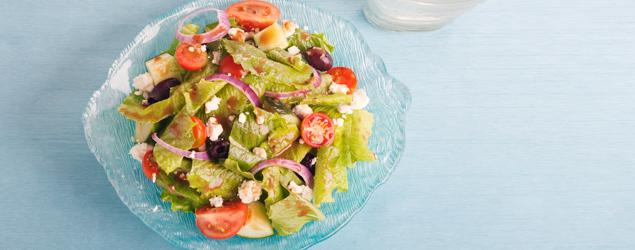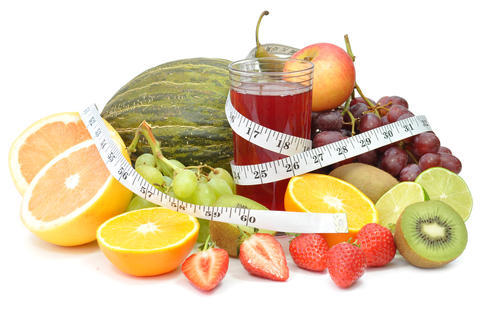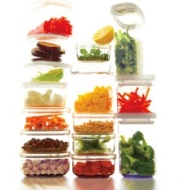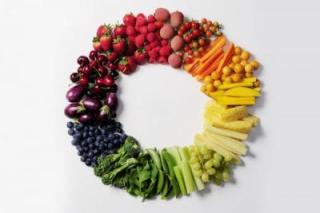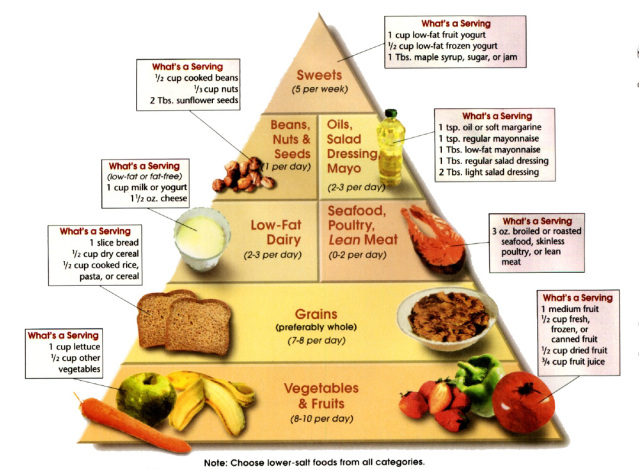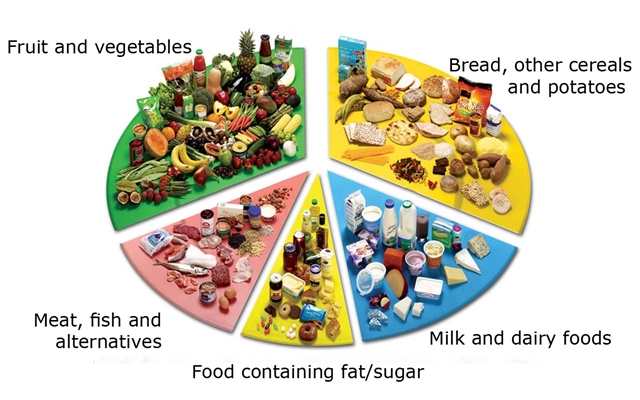Category Archives: healthy living
DASH diet + lower sugar!
Luke’s doctor suggested he go on the DASH diet to lower his blood pressure. Turns out, it is pretty good for weight loss too. So we’re gonna try it.
What is the DASH diet?
Put simply the DASH diet is a balanced diet that uses fruit, vegetables, and whole grains as a foundation. It’s not gluten free, so I’m not sure how keen Luke will be to make the switch (and it includes lots of foods he might be allergic to) but it is supposedly ranked as the nation’s number 1 diet.
Thinking about a diet in terms of a pyramid is helpful for me, probably because its so familiar to the food pyramids they used so much when I was a kid. But sometimes a pie chart is more intuitive:
What I like about this new diet is that its not especially restrictive. Or, put differently, there are about as many proscriptions as restrictions. It doesn’t cut anything out entirely but focuses on moderation. That’s not to say it won’t be a challenge. The hardest things for us are probably going to getting all those fruits and vegetables and continuing to curb sugar and fat. Fortunately, I’ve already been focused on sugar so I feel like I’ve got a head start.
Scratch that. The hardest thing for us will probably be planning our meals and snacks until we get used to it…
breasts, beadledom, and bad business
On September 24 Fran Drescher, America’s favorite nanny, unwittingly stepped into a puddle of controversy while out promoting her new movie. Did you hear about this? Fran Drescher, a uterine cancer survivor and founder of Cancer Schmancer, warned mothers that their breast milk could be passing poisonous, toxic chemicals to their babies and urged nursing mothers to have their milk checked. Oh the audacity! Mothers from every corner seemed to cry out in anger and outrage that she would question their American milk.
I’ve come up against this before. A few years back Luke and I attended a lecture by a renowned doctor and researcher at the University of Washington in which she made a strong case for paying closer attention to the kinds of household products and commodities we purchase. There are harmful chemicals and toxins in everything from household cleaners to couches and living room furniture to make-up and other toiletries to babies’ bottles and developmental toys. Indoor air quality is reaching devastating lows as a result of so many noxious pollutants in consumer products we fill our homes with and our bodies are acting as sponges soaking these harmful chemicals in day by day. The problem is pervasive. The problem is serious. And the problem is not disappearing.
Family and friends had a hard time accepting our turn towards more natural products and our vigilance in choosing against products laden with artificial fragrances. We were told again and again that we were taking it too far and that we should just loosen up and relax. When I mentioned the dangers these chemicals pose for things like breast milk my mother-in-law, brother-in-law and his wife all responded with exasperation and annoyance. That was it; I had crossed the line. Nothing compares to the intimacy and bonding of breast feeding, they cried. And breast milk is healthy and transfers immunities and important nutrients, they insisted. The resentment directed towards my remark was fierce enough that I never broached the topic again in their presence, never mind the fact that I had never suggested an alternative to breastfeeding.
It is a strange phenomenon in my view that the response from my family but also, it seems, from various mothers across the country is outrage when the topic of breast milk is brought up in relation to toxic chemicals. The defensiveness is outright and palpable as these mothers seem to take the very mention of the topic as an attack on their responsibility as mothers. In fact, the issue at hand is our failure as a global community to take our health and the health of our children seriously.
The research and science has been in for almost 3 decades, minimum. With very little effort, one can substantiate Fran Drescher’s comments from a myriad of sources. The EPA (Environmental Protection Agency), the NRDC (Natural Resources Defense Council), the Environmental Working Group, the New York Times, The Scientific American, the Environmental Science & Technology Journal, the Agency for Toxic Substances & Disease Registry, NPR (National Public Radio)… these are just some of the sources you’ll find on Google. Tap into some academic databases like pubmed.gov, WorldCat, Web of Knowledge, Springer Link, or JSTOR and you’ll find yourself awash in scholarly journals corroborating Drescher’s claims.
And yet the overwhelming critique of Drescher was she is not a doctor, she is not a researcher, she cannot know what she’s talking about so don’t listen to her. Of course they’re right. Fran Drescher is an actress not a doctor. It’s an easy criticism to make but it distracts us from the implications of what she’s sharing: namely, our compliance as consumers with hazardous business practices is putting our children in danger and we need to change the way our products are made.
In 2005 Florence Williams wrote an incredible article for the New York Times Magazine that put the issue facing nursing mothers in very stark yet approachable terms. She wrote, “When we nurse our babies, we feed them not only the fats, sugars, and proteins that fire their immune systems, metabolisms, and cerebral synapses. We also feed them, albeit in minuscule amounts, paint thinners, dry-cleaning fluids, wood preservatives, toilet deodorizers, cosmetic additives, gasoline byproducts, rocket fuel, termite poisons, fungicides and flame retardants”. Some of these chemicals will stay with the babies long enough to be passed on to their offspring. In October of 2007 the scholarly journal Advances in Neonatal Care reported that the average nursing child consumes about 50 times the daily PCB intake of average adults. The journal estimated these exposures are 18% higher than formula fed babies.
Interestingly, the larger issue of harmful toxin up-take had been recognized internationally in 2001 when 120 nations met in Stockholm to craft a treaty that would begin the process of banning these poisonous chemicals. In 2004 the Stockholm convention went into effect without US participation. Even though the treaty was accepted in over 50 other countries, the U.S. senate refused to ratify it. And so, it comes as no surprise that today American women have some of the highest concentrations of flame retardants and other pollutants including pesticides, heavy metals, organic compounds such as DDT, PCDDs, PCDFs, PCBs, and even traces of some chemicals that have supposedly already been banned even in the United States in their breasts.
The facts are startling, frightening, infuriating, and unsettling. Everyone should be concerned. And everyone, especially nursing mothers, should know that the argument here is not that breastfeeding is bad. Breastfeeding is the example of the problem that hits home the hardest.
Nursing mothers should consider getting their milk checked because it is worth knowing what you’re feeding your child and what you, yourself, have been exposed to. However, there is no Nestle conspiracy here. Almost every authority on the subject agrees that for most women breastfeeding will still be considered the healthiest choice despite present toxins. Formula has its own problems with pollution and lacks important nutrients and benefits that breast milk offers. Again, the point is not to challenge the practice of breastfeeding. The point is get the word out that we are being exposed to pernicious toxins and should work to limit our exposure both individually but also collectively on the national and global scale.
The easiest ways to limit ones’ exposure to these chemicals is to avoid cigarettes and alcohol; to restrict contact with paints, glues, furniture strippers, nail polish, and gasoline fumes; to avoid artificial fragrances; to wash and peel fruits to minimize pesticide consumption; to abstain from swordfish, shark, and other freshwater fish; and to tend towards a vegetarian diet because up to 90% of human exposure to fat-soluble toxins is attributed to meat and fish in our diet. Things like flame retardants can be difficult to minimize because they’re sprayed on our mattresses, sofas, carpets, and other furniture items. However, we can dispose of old foam filled items, choose hardwood floors when possible, use vacuums fitted with HEPA filters, choose pajamas made with natural fibers over ‘fire resistant’ pajamas, and inspect labels on pillows to find ones without harmful retardants.
The more difficult step we need to take as a collective is to pressure our government to put our health first and reform fire safety laws, consumer packaging and labeling requirements, farming practices, and put stronger measures in place to protect and inform the consumer. Once again at the state level California seems to be leading the way in their efforts to exempt breastfeeding pillows, strollers, infant carriers, and bassinets from the requirements that they be made fire resistant. On a larger scale though, the NRDC needs support in urging congress to update and strengthen the Toxic Substances Control Act (TSCA) of 1976 that was intended to ensure chemicals are safe throughout their lifecycle but has been undercut by the current powerlessness of the EPA. In some cases chemicals that have been identified by the FDA as dangerous for human consumption and are banned in food are left unregulated in the manufacture of cosmetics, toiletries, household cleaners, and toys.
This isn’t a partisan issue. Republicans, democrats, libertarians, independents, unaffiliated, and the politically inactive all value the health of their family and friends. They may go about ensuring the health and safety of our citizens in different ways in different circumstances but in this instance industry has proven it requires regulation to guarantee compliance. Companies left and right continue to use proven, dangerous chemicals in the manufacture of household items and, in some cases, deliberately leave these additives off the labels of products sold. The honor system isn’t cutting it. We have to speak up, we have to stand up, we have to make our voice heard.
